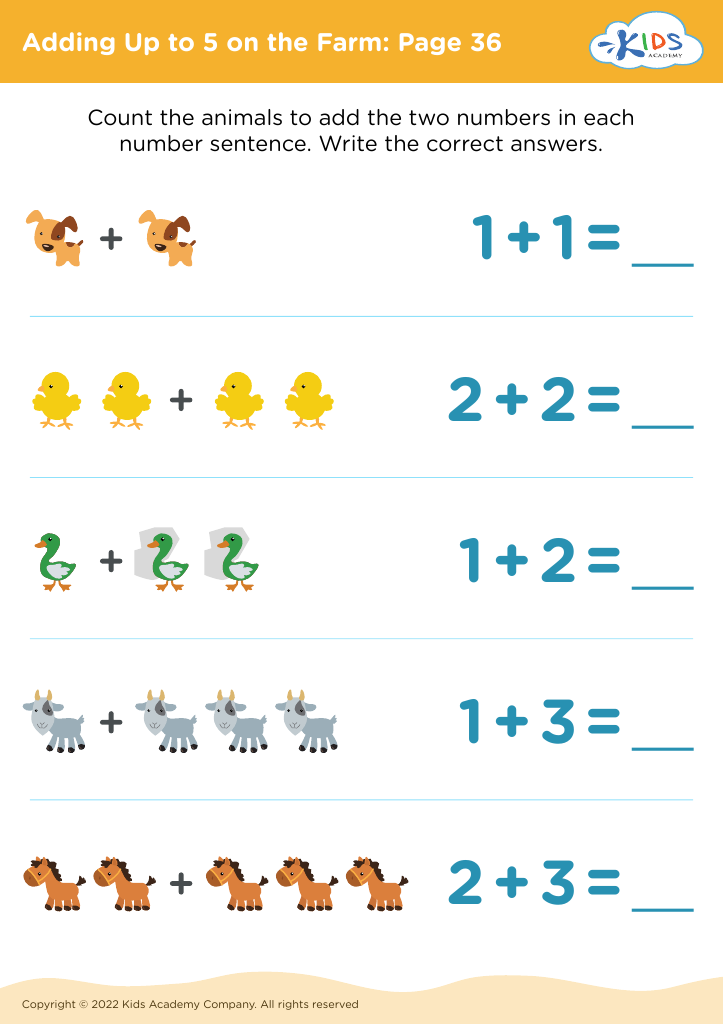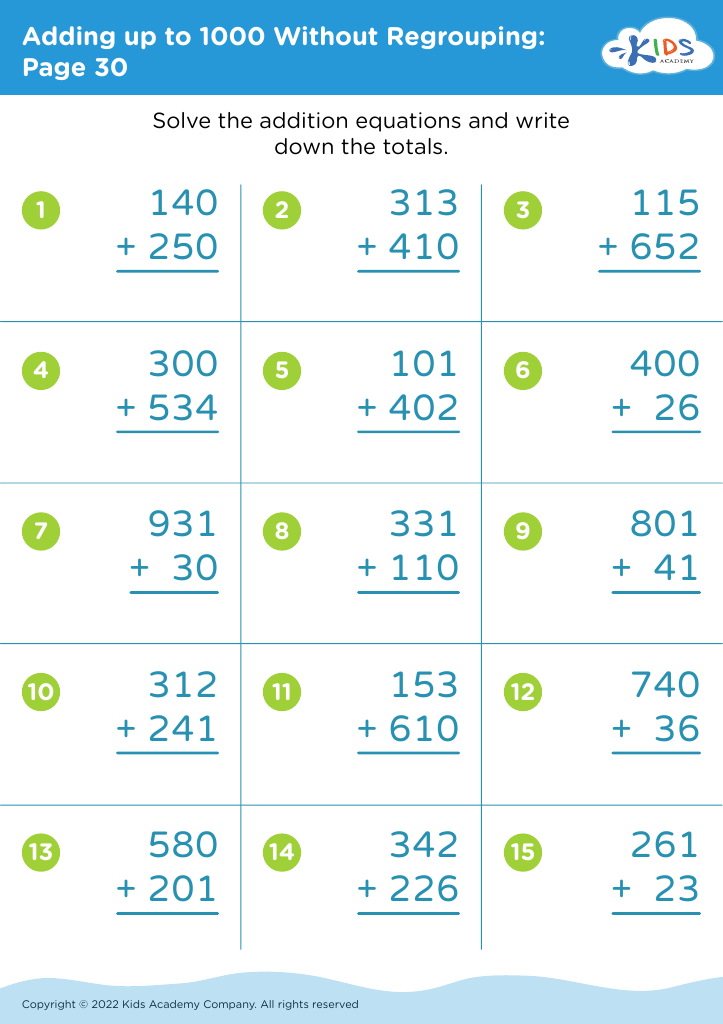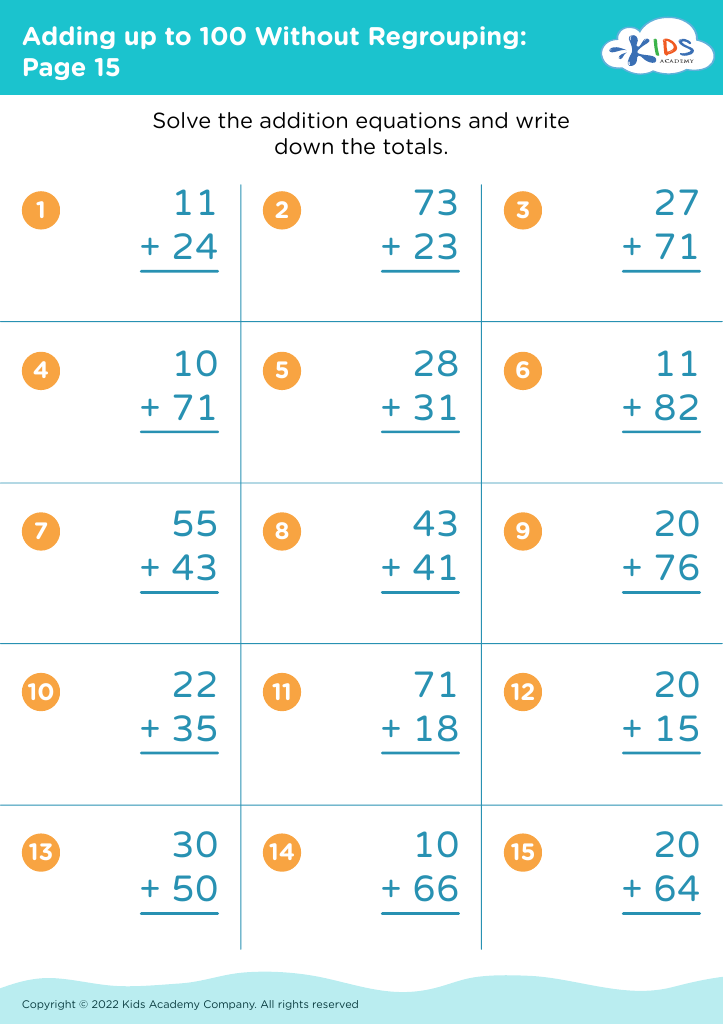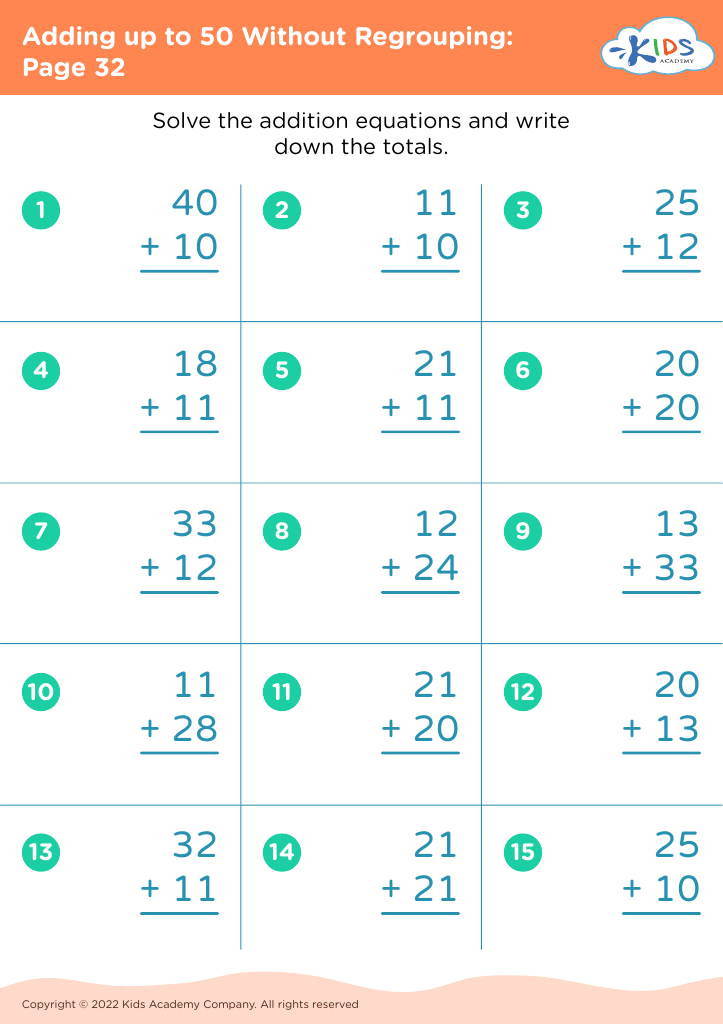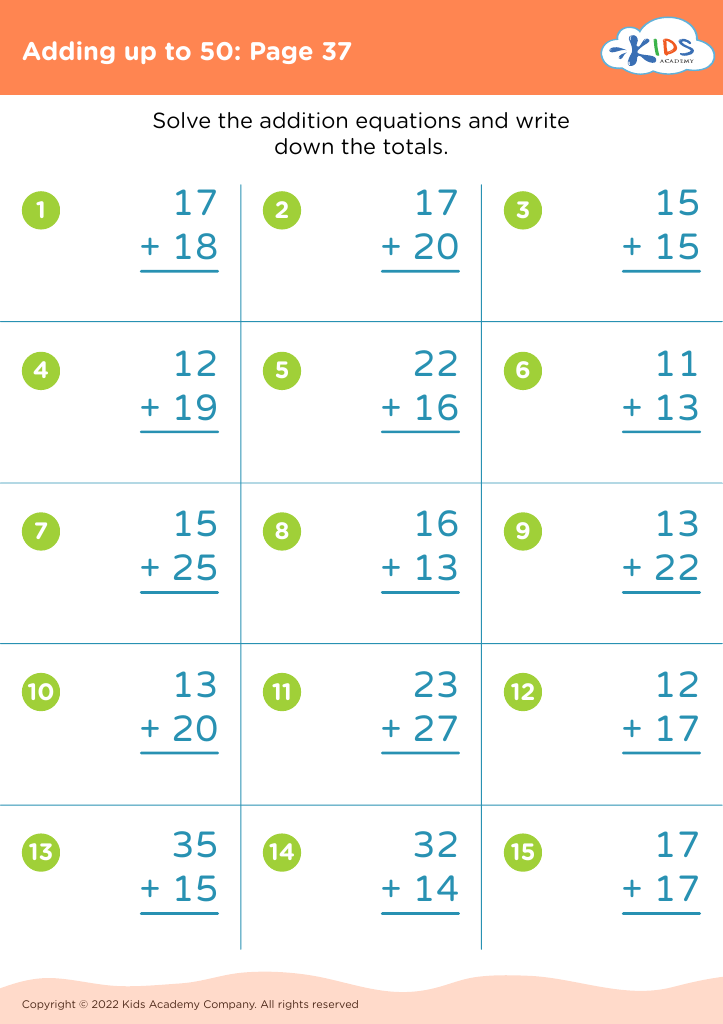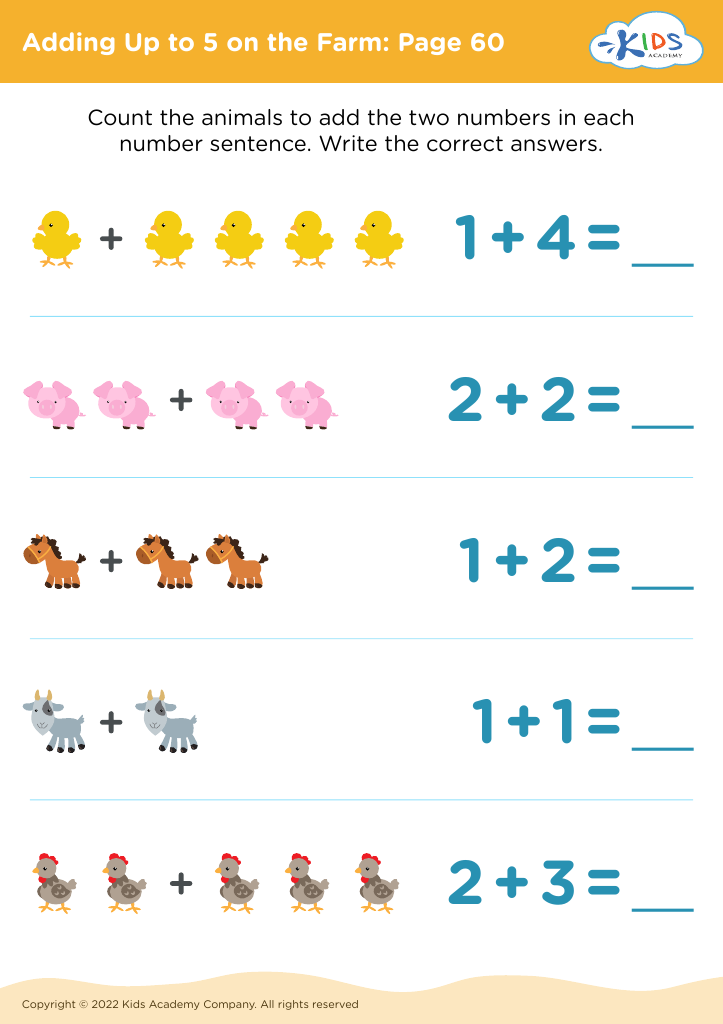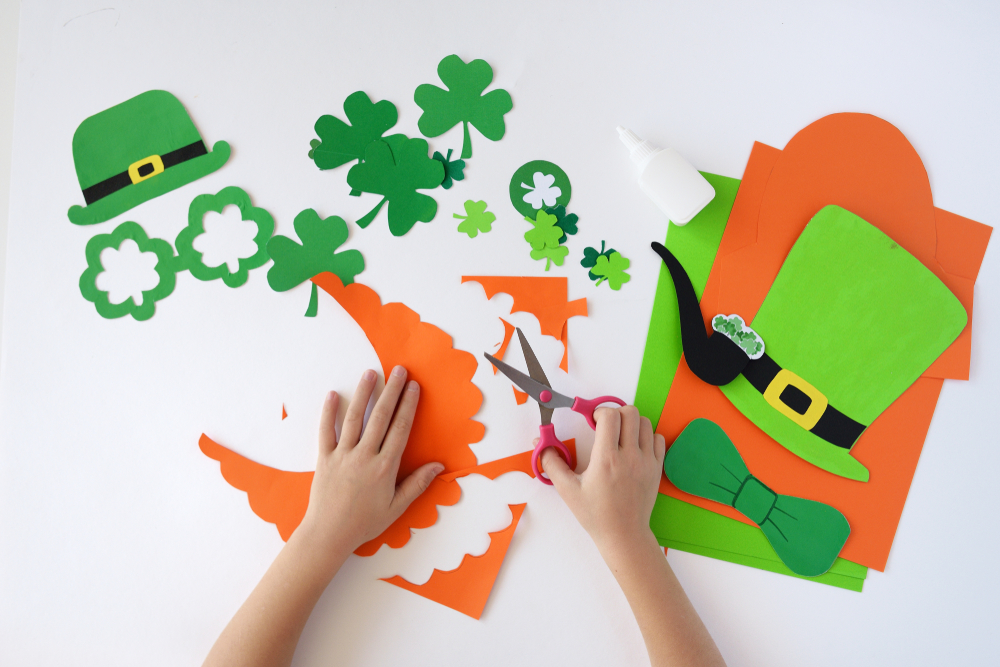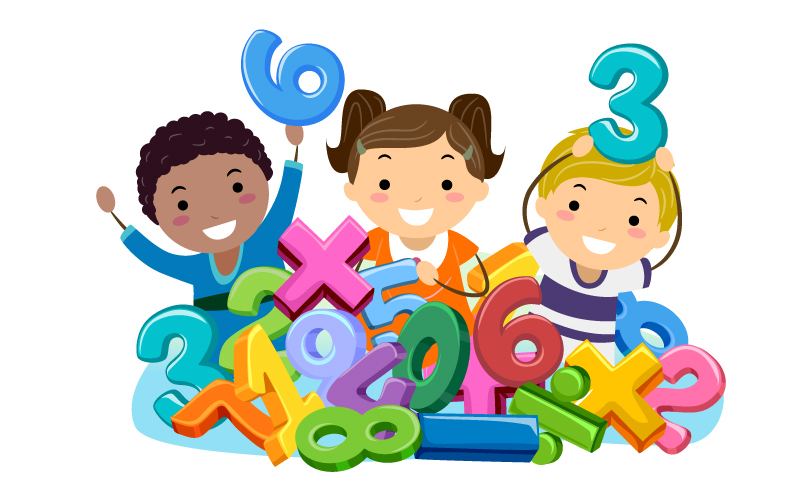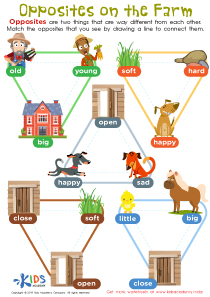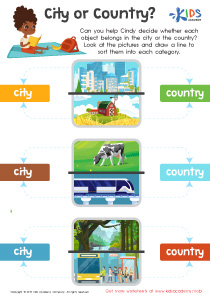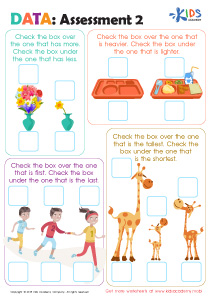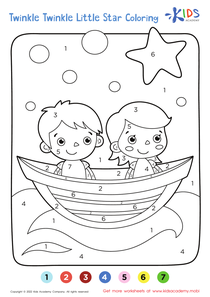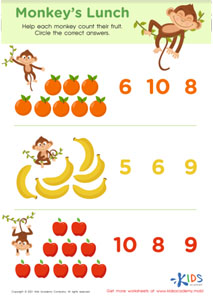Counting objects Math Worksheets for Ages 3-8
21 filtered results
-
From - To
Explore our engaging Counting Objects Math Worksheets, designed specifically for children ages 3-8. These worksheets offer a fun and interactive way to help young learners develop essential counting skills through various activities that involve identifying and counting everyday objects. With vibrant illustrations and hands-on practice, kids will experience a joyful learning journey. Our resources also emphasize number recognition and the concept of quantity, making math enjoyable and accessible. Perfect for homeschooling or classroom use, these worksheets lay a strong mathematical foundation while nurturing a love for learning. Download and start counting with your little ones today!
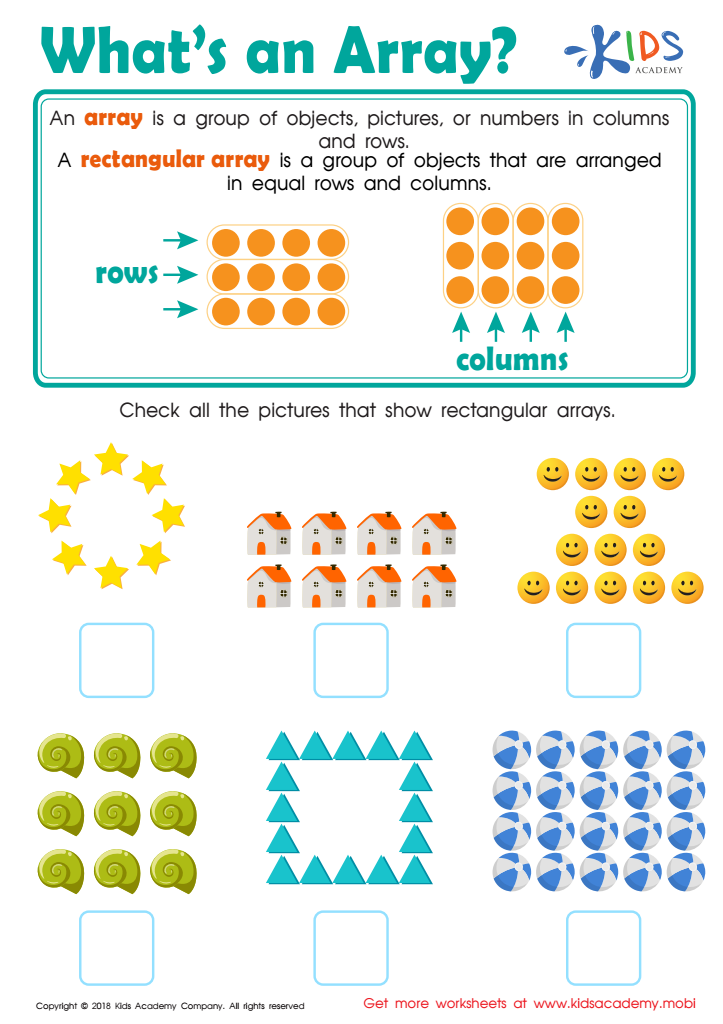

What's an Array? Worksheet
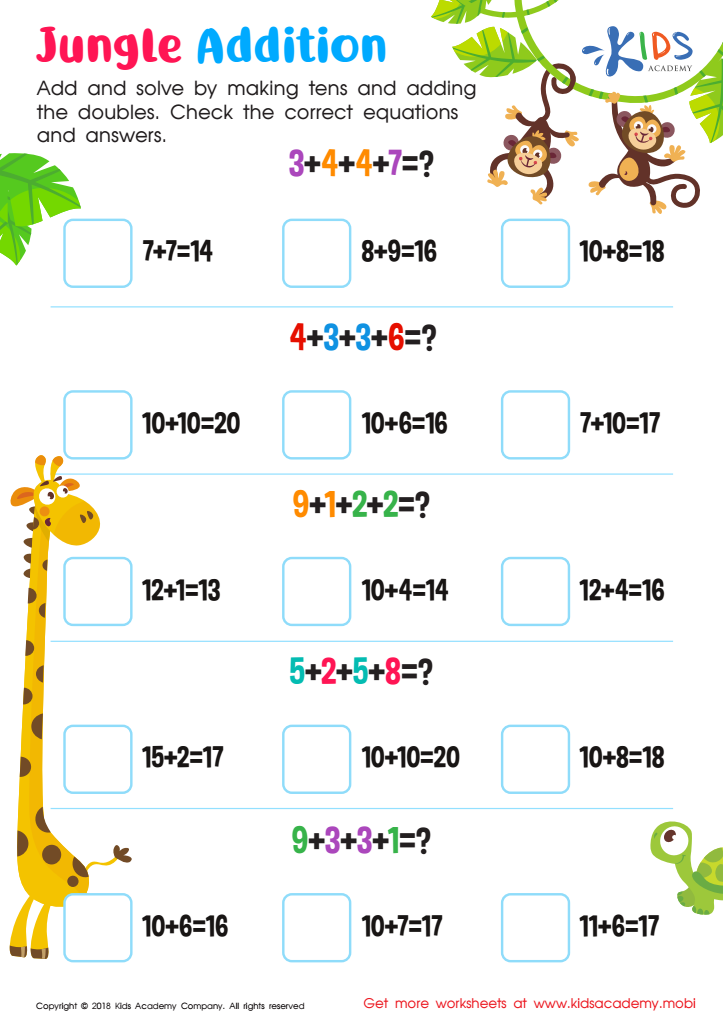

Jungle Addition Worksheet
Counting objects is a foundational skill in mathematics that is crucial for children aged 3-8. For parents and teachers, fostering this ability is essential for several reasons. Firstly, counting helps children develop their number sense, which lays the groundwork for more advanced mathematical concepts such as addition, subtraction, and eventually more complex operations. It enhances their understanding of quantities, allowing them to make sense of the world around them.
Moreover, counting objects promotes cognitive development. It encourages students to problem-solve, think logically, and recognize patterns, crucial skills for academic success and critical thinking. Engaging in counting activities also supports language development; as children count, they learn number vocabulary, sequencing, and descriptive words.
Additionally, counting promotes fine motor skills as young learners often manipulate objects while counting. This multi-sensory approach not only keeps children engaged but also caters to various learning styles, making math accessible and enjoyable.
Ultimately, by emphasizing counting, parents and teachers equip children with vital skills and confidence that can positively influence their attitudes towards math. Early math experiences can spark a lifelong love for learning and ensure children are prepared for future academic experiences.

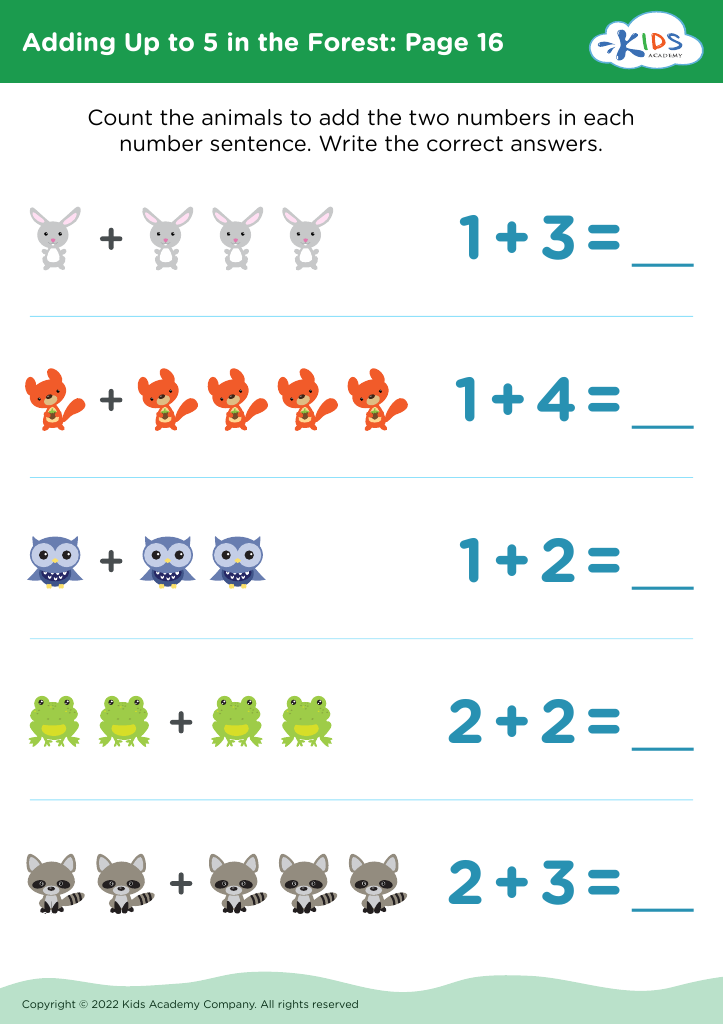
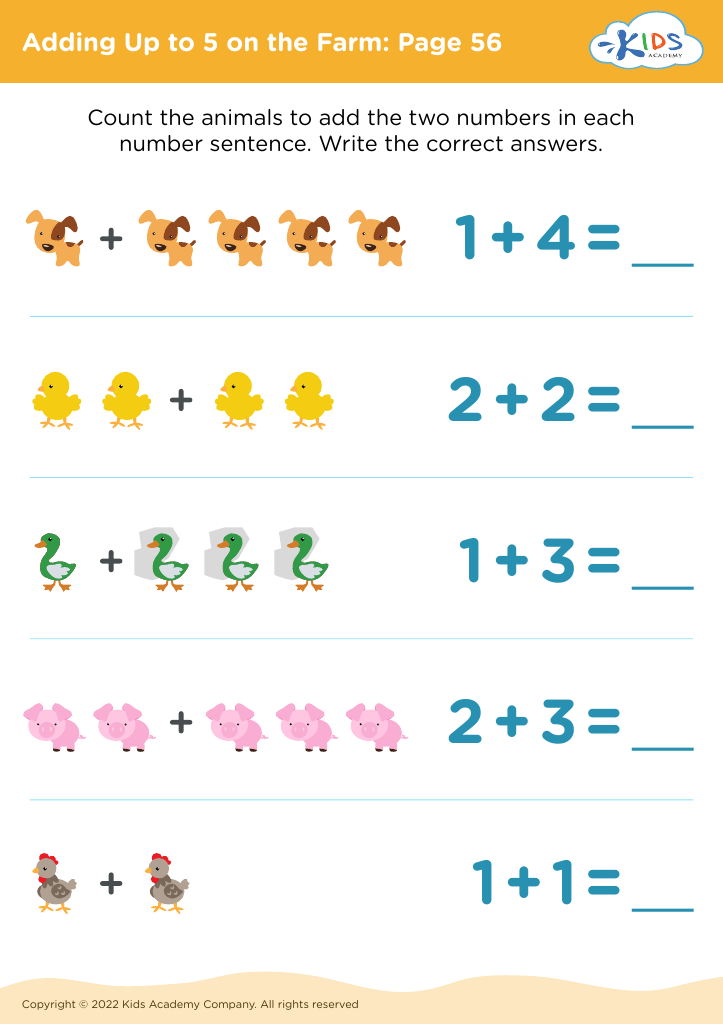
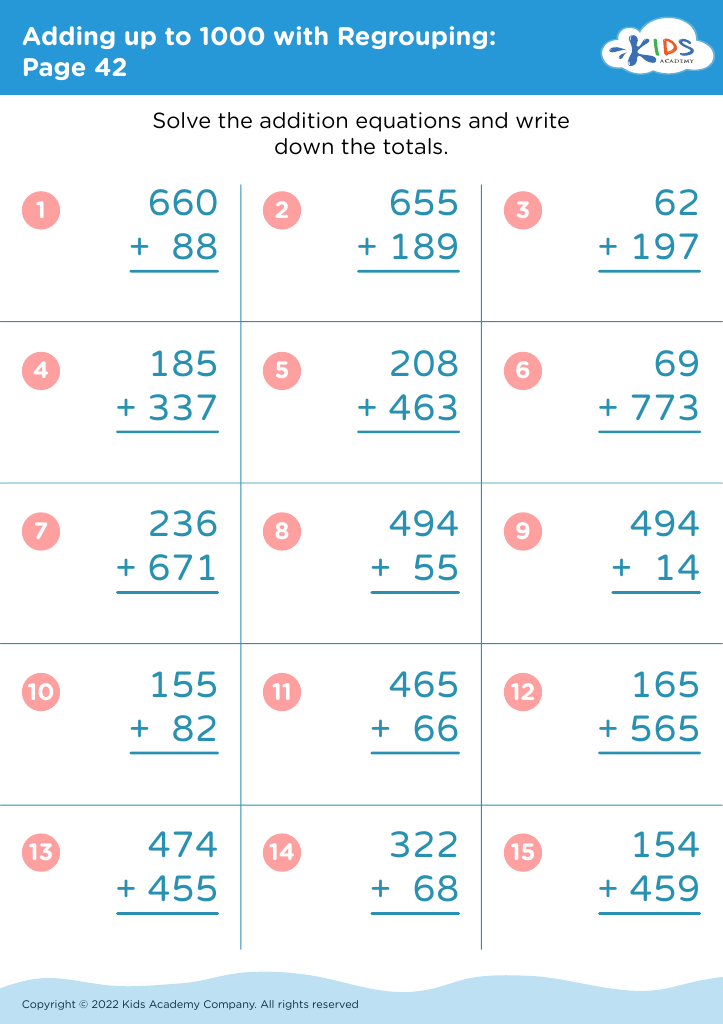
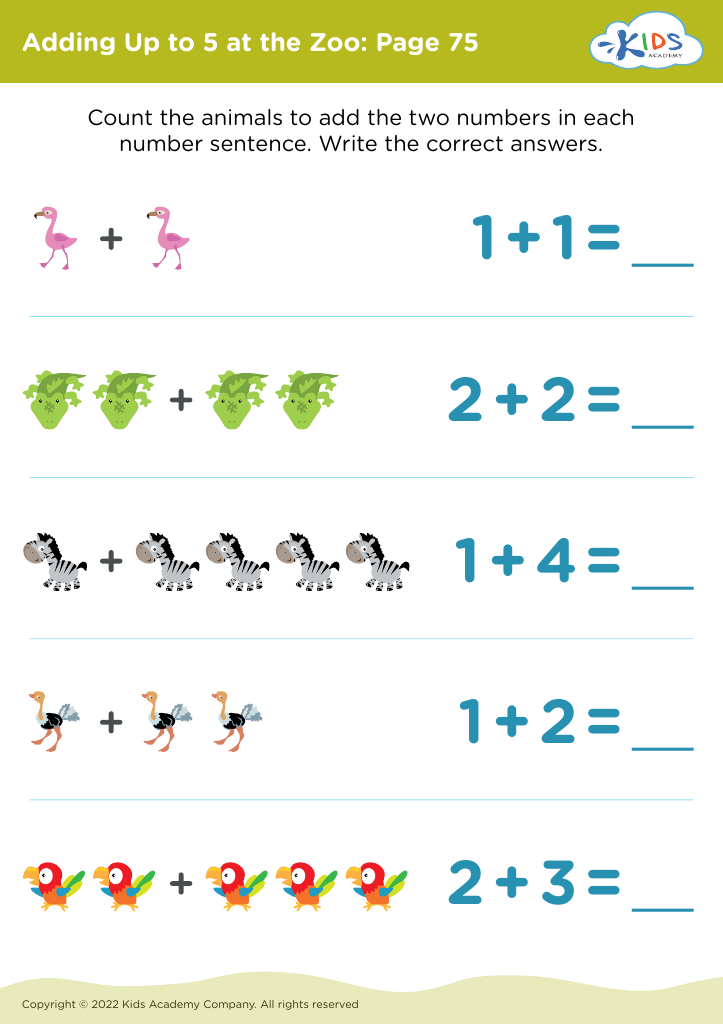
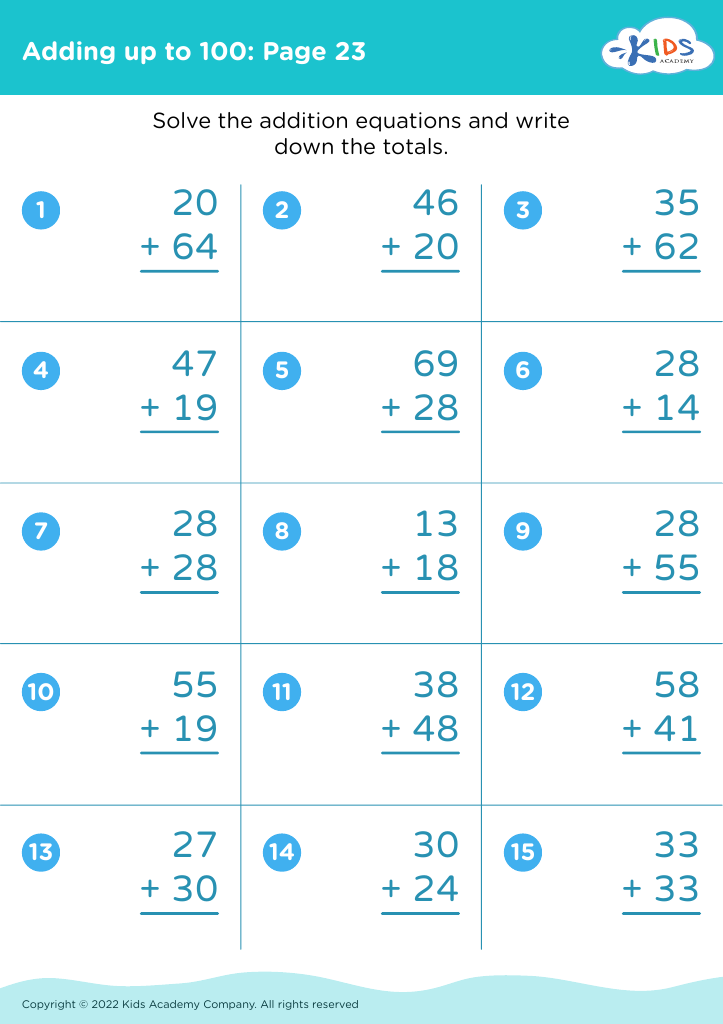
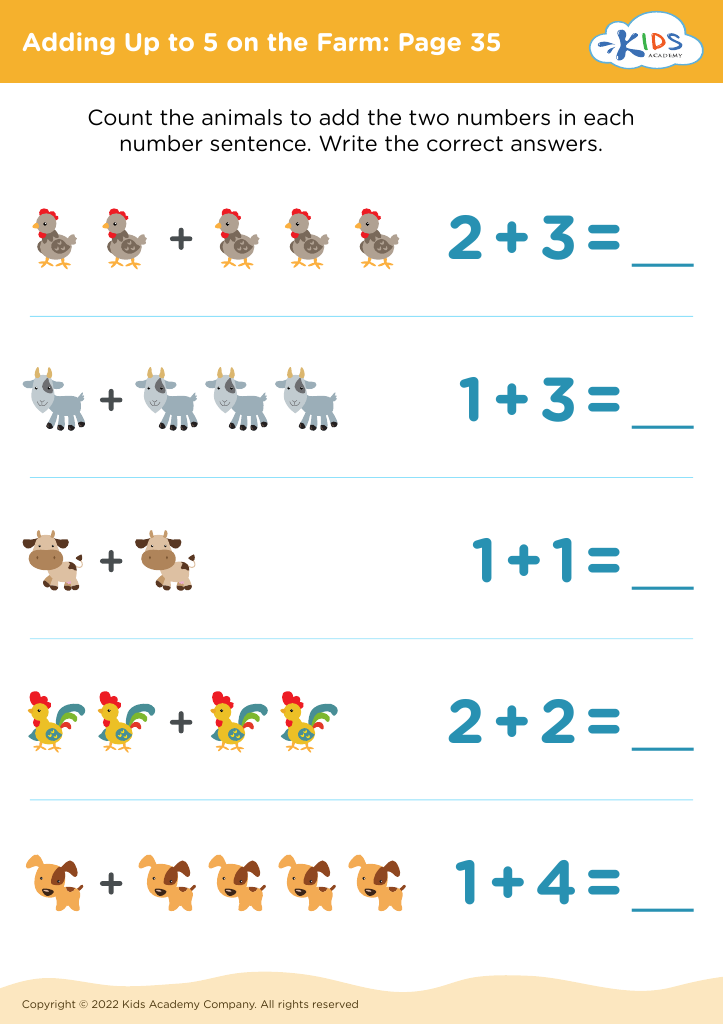
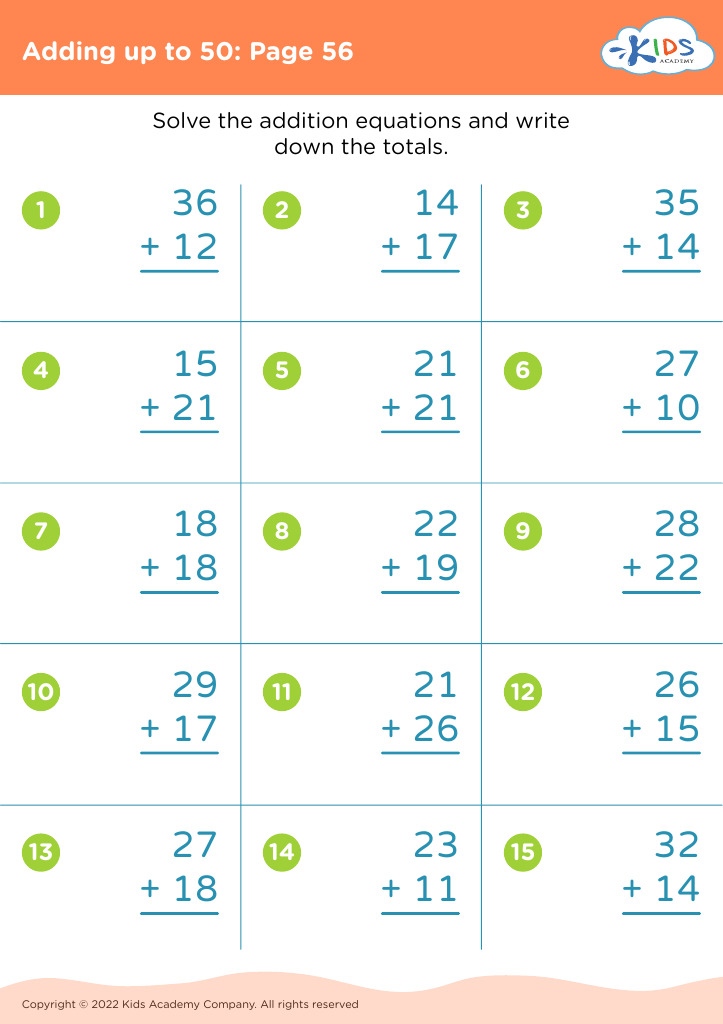
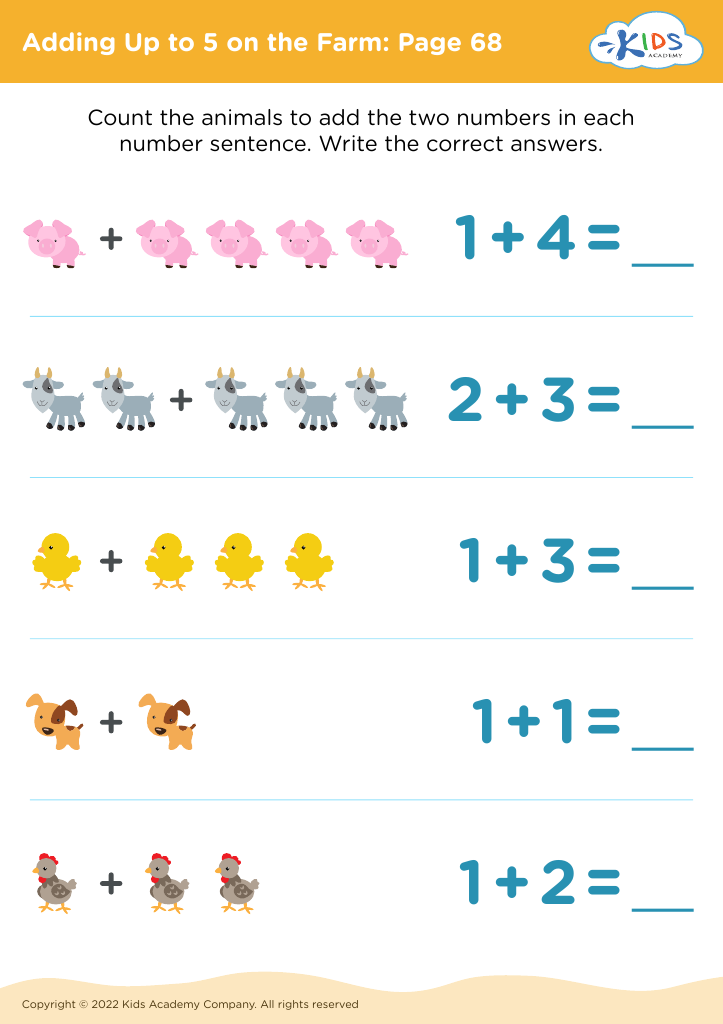
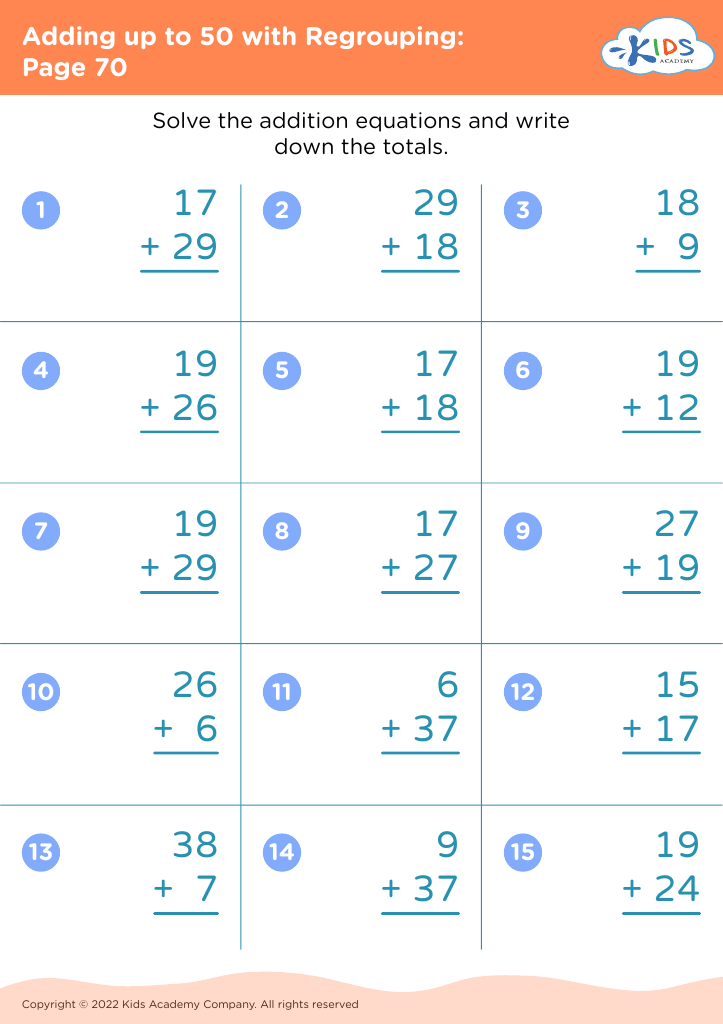
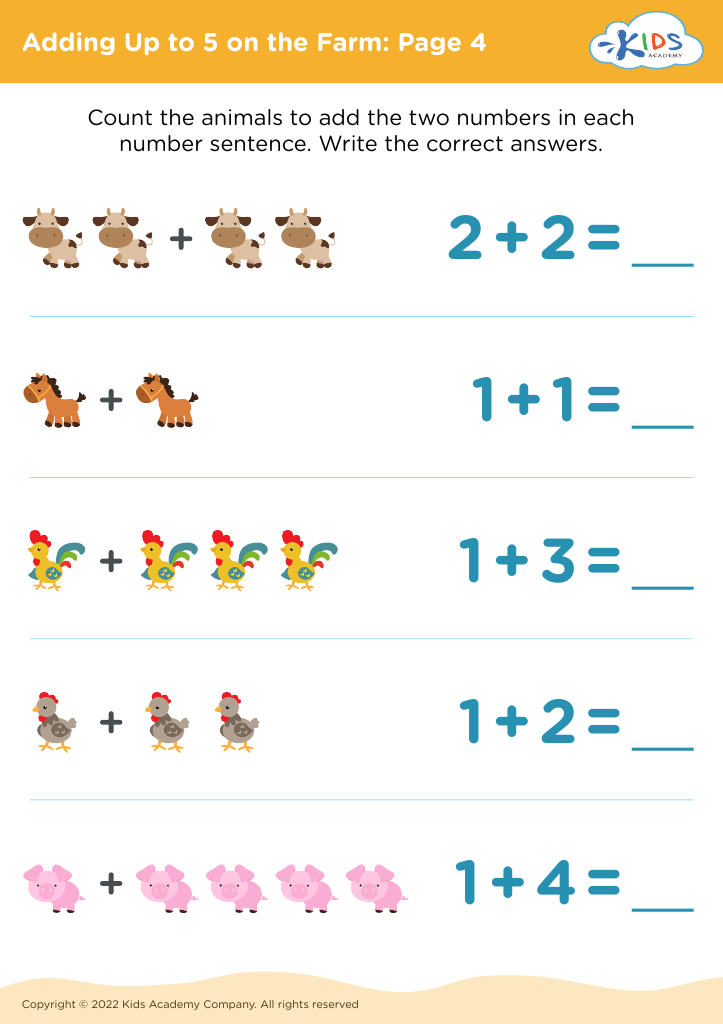
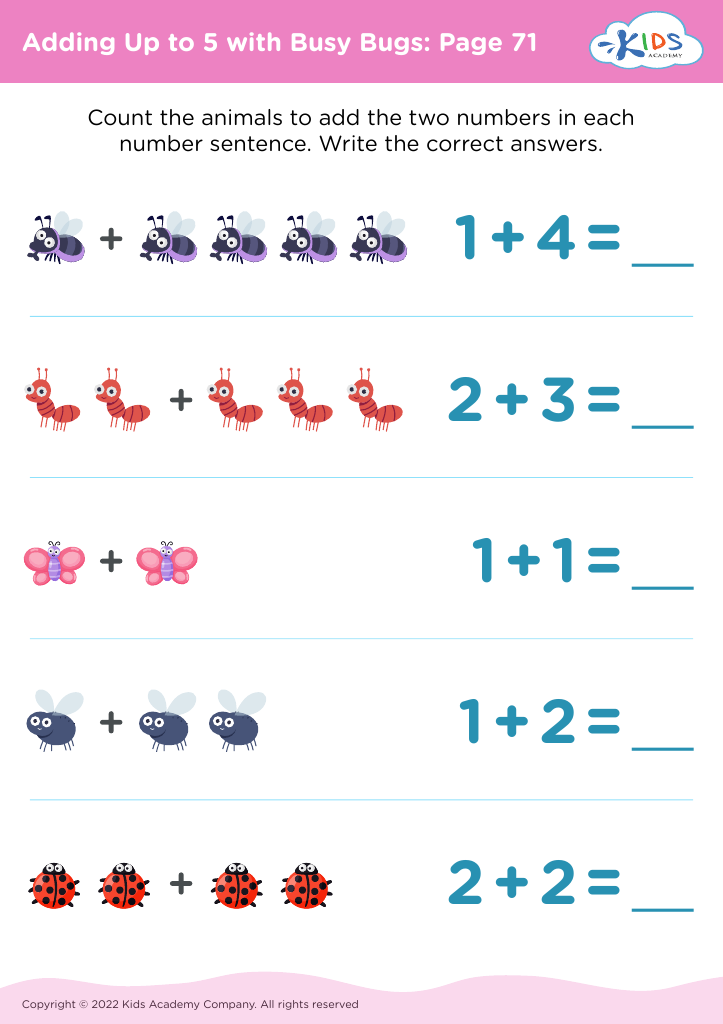
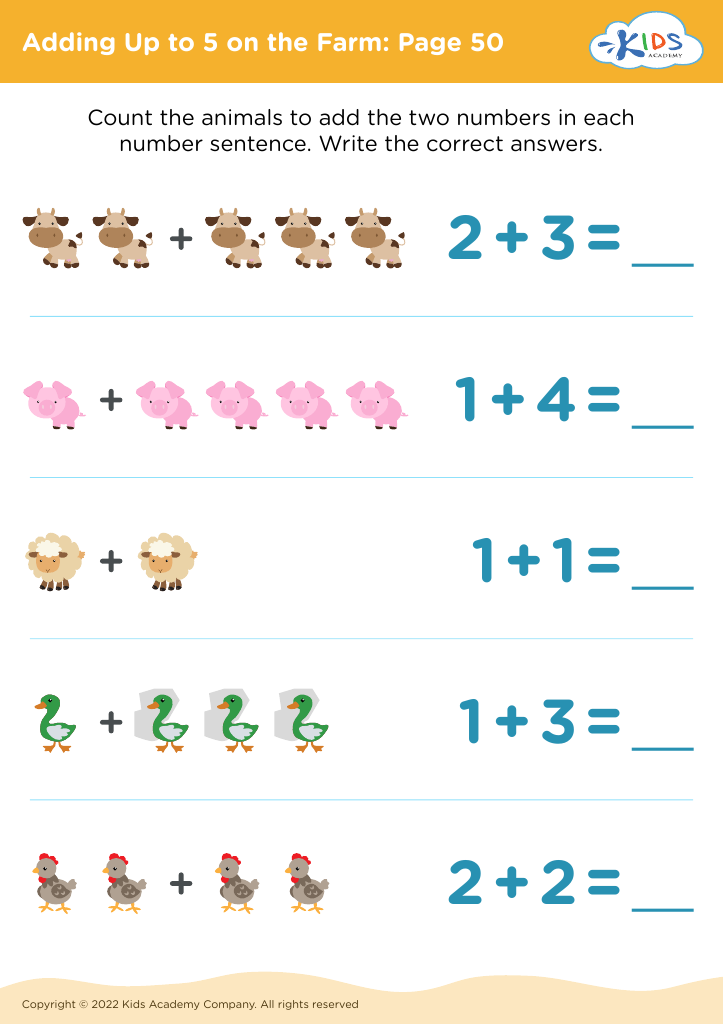
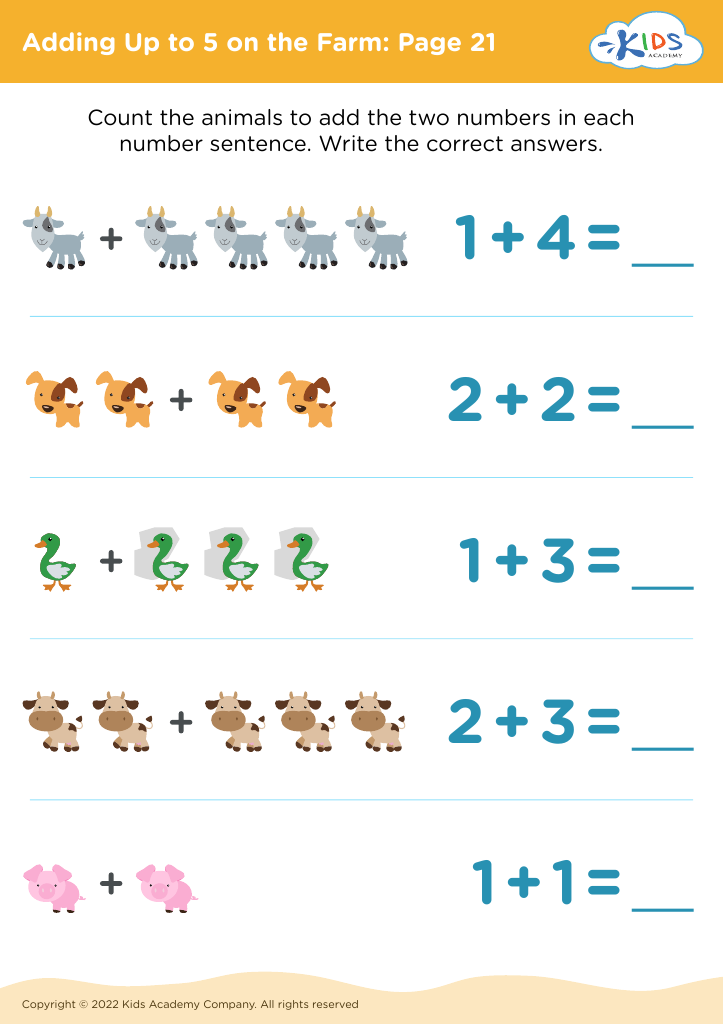
 Assign to My Students
Assign to My Students
